Emerging food preservation technology requires precision control
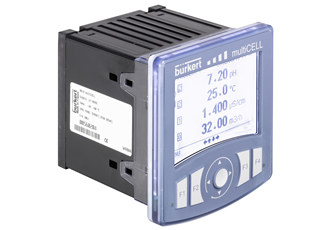
Our ability to preserve food has a long history - with more recent developments being directed by the desire to maintain nutritional value in addition to the original taste and texture of the food. Research in this field within the UK is helping to develop new techniques that can be applied on an industrial scale and one company at the forefront of this field is Campden BRI.
Based in Gloucestershire, Campden BRI conducts research and development work for the food and drinks industry worldwide which involves not only fine tuning new technologies but also up-scaling them for commercial production. This work is supported by collaborative partners such as Bürkert Fluid Control Systems, who offer expert advice on the physical process components and control apparatus.
Mr Mark Lilley, Field Segment Manager, Hygienic - Food and Beverage, looks at the up and coming technologies for food preservation and the control infrastructure that may be required to deliver a reliable and efficient process.
Ohmic Heating
Application of ohmic heating within industrial processes is now well advanced, especially in the food, pharmaceutical and biotechnology sectors, where the efficiencies have already been proven. The process involves applying an electrical current directly through the product to be heated and it is the electrical resistance of the product which causes the increase in temperature.
Since the whole product is acting as the conductor, the energy is released throughout the product rather than at its surface, making it extremely efficient; in fact, modern production facilities claim up to 95% efficiency for this process. In addition, this method of heating greatly reduces the thermal shock to the product compared to traditional methods, which improves the retention of taste and colour within the food.
From a control perspective, accurate temperature measurement is essential as well as precise flow control of the product to ensure a continuous and consistent production rate. Use of a PT100 temperature sensor combined with a controller such as the Bürkert Type 8619 multiCELL can be used not only to control the process but also to record process data as part of the quality control regime.
Flow control of the food product can be achieved to a high level of precision thanks to a range of intelligent control valves supported by process controllers. These can also be used to manage Clean-In-Place (CIP) processes which require the use of automated control valves that are integrated with the main production control system and designed to withstand the high temperatures and aggressive cleaning media.
High Pressure Processing (HPP)
In essence HPP is a cold pasteurization technique using cold water at extremely high pressure, around 3000 to 7,000 bar, to kill vegetative bacteria by damaging the cell membrane of the organism and proteins within the organism. This can maintain the original flavour and consistency of the food and provides an extended shelf life without the use of heating or preservatives, which makes HPP well suited for preserving the 'fresh' characteristics of a food.
The control of the process requires a number of valves and controllers to supply the cold water and to evacuate the vessel after each batch has been processed. However, for such a high pressure application, some of these will be specialist pieces of equipment, while the remainder can be specified to suit both the application and to allow integration into the control infrastructure of the processing plant.
Pulsed Light Processing
Work is ongoing to develop this technology within the food industry. Pulsed light processing can offer a significant extension to shelf life for products which would normally have a very short shelf life and are susceptible to mould growth, such as baked goods. Using a surface treatment can deliver a modest reduction in microbial numbers which is sufficient to offer considerable improvements in shelf life. Over 100 applications are now in use industrially – mainly for packaging decontamination. Much greater inactivation can be achieved on smooth surfaces such as packaging.
Pulsed Electric Fields
This technology can be applied to liquid products which are pumped through a pulsed electric field at mildly elevated temperatures and then cooled rapidly. The process kills bacteria, yeasts and moulds while retaining the freshness, taste, vitamins and colour of the food product.
Precise control improves efficiency
Clearly, the control of the temperature, pressure and flow of the product needs to be carefully maintained in order to offer a consistent, high quality, final product for the consumer. Bürkert has provided a range of control and monitoring systems which are specifically designed to meet this specification and also ensure that the necessary standards in process data collection are met.
As food preservation technology advances so the process control infrastructure needs to keep pace and continue to deliver improvements in hygiene and efficiency. Furthermore the increases in the amount of information available from local devices can improve the feedback for control loops and provide better information for increasingly sophisticated plant visualisation, management and reporting software.
As the research and development of new food processing techniques continues, so Bürkert maintains its own development of fluid control systems, offering its expertise to promote an integrated approach that will ensure compatibility with existing production facilities.
Similar articles
More from Burkert Fluid Control Systems
- Continuous water quality analysis for boreholes 6th July 2020
- Controller delivers precision microlitre dosing 14th May 2020
- Multi-medium testing facility for fluidic components 19th March 2020
- Micro precision for time-pressure dosing 10th December 2019

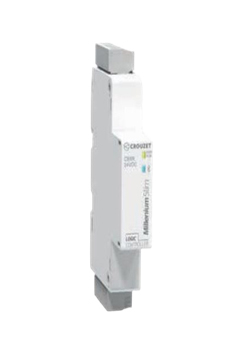
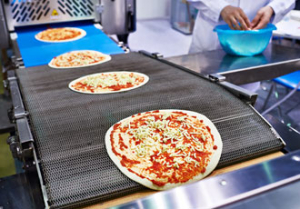
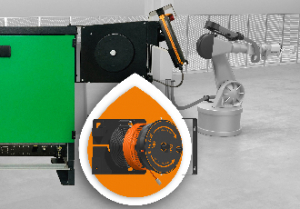
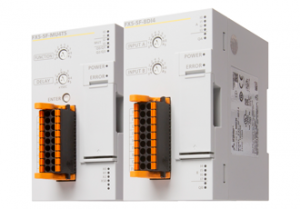







Write a comment
No comments